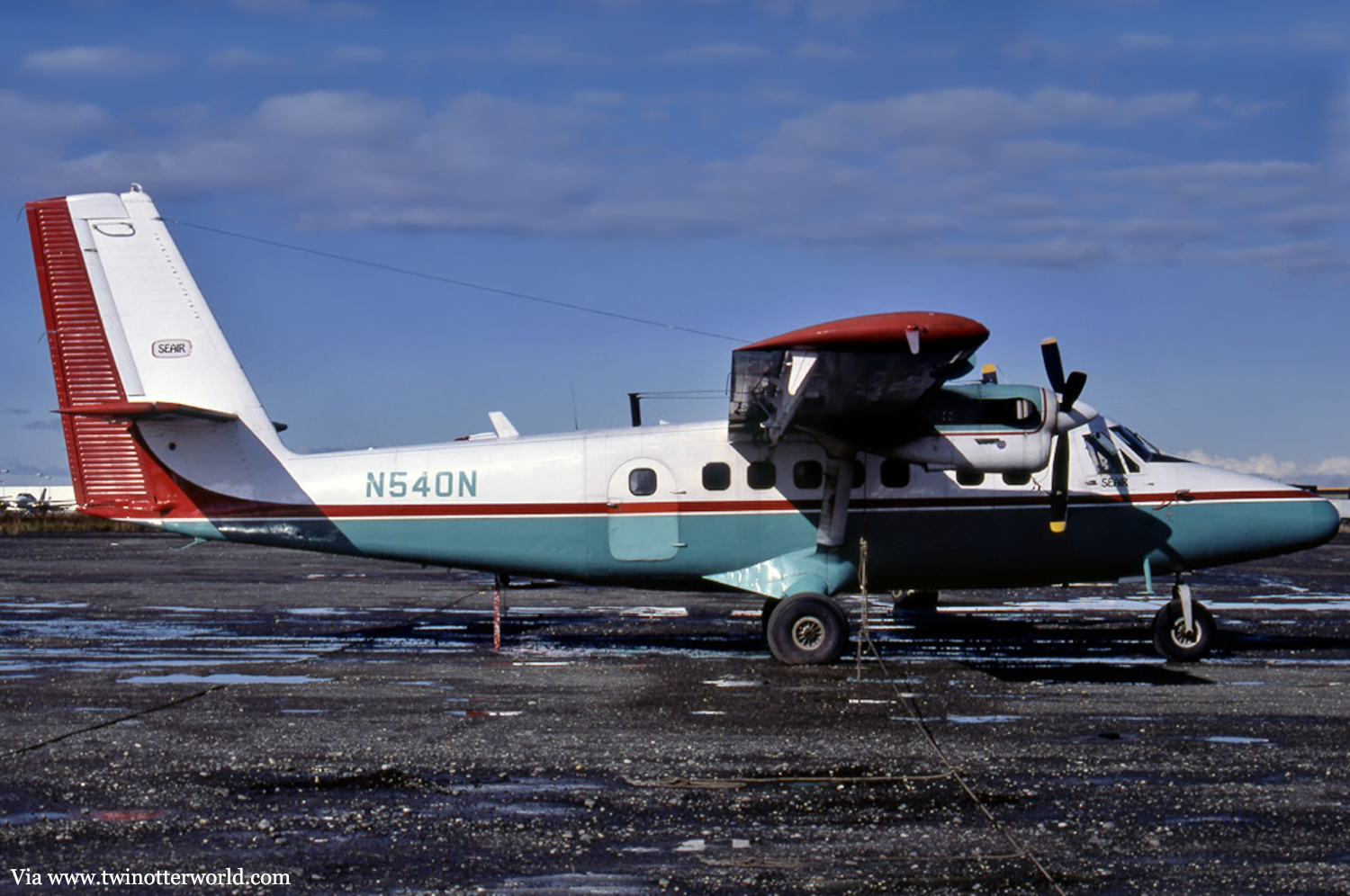Crash of a Rockwell Turbo Commander 681B in Calhan: 1 killed
Date & Time:
Mar 28, 1985 at 1930 LT
Registration:
N772CB
Survivors:
Yes
Schedule:
Van Nuys - Denver
MSN:
681-6050
YOM:
1970
Crew on board:
1
Crew fatalities:
Pax on board:
3
Pax fatalities:
Other fatalities:
Total fatalities:
1
Captain / Total hours on type:
376.00
Aircraft flight hours:
4500
Circumstances:
During a cross country flight from WI to CA and return, the non instrument, low experienced private pilot, flew into IMC conditions. The aircraft impacted flat snow-covered ground, destroying the aircraft and fatally injuring his passenger. Examination of wreckage revealed no evidence of pre-accident malfunction of the aircraft or its powerplants. A passenger was killed while three other occupants were injured.
Probable cause:
Occurrence #1: in flight encounter with weather
Phase of operation: descent - normal
Findings
1. (f) light condition - night
2. (c) in-flight planning/decision - improper - pilot in command
3. (c) inadequate transition/upgrade training - pilot in command
4. (f) weather condition - turbulence
5. (c) flight into known adverse weather - initiated - pilot in command
6. (c) lack of familiarity with aircraft - pilot in command
7. (f) weather condition - night
8. (c) vfr flight into imc - continued - pilot in command
9. (c) became lost/disoriented - inadvertent - pilot in command
----------
Occurrence #2: loss of control - in flight
Phase of operation: descent - normal
Findings
10. (c) airspeed - uncontrolled - pilot in command
11. (c) altitude - uncontrolled - pilot in command
----------
Occurrence #3: in flight collision with terrain/water
Phase of operation: descent - uncontrolled
Findings
12. (f) terrain condition - open field
13. (f) terrain condition - snow covered
Phase of operation: descent - normal
Findings
1. (f) light condition - night
2. (c) in-flight planning/decision - improper - pilot in command
3. (c) inadequate transition/upgrade training - pilot in command
4. (f) weather condition - turbulence
5. (c) flight into known adverse weather - initiated - pilot in command
6. (c) lack of familiarity with aircraft - pilot in command
7. (f) weather condition - night
8. (c) vfr flight into imc - continued - pilot in command
9. (c) became lost/disoriented - inadvertent - pilot in command
----------
Occurrence #2: loss of control - in flight
Phase of operation: descent - normal
Findings
10. (c) airspeed - uncontrolled - pilot in command
11. (c) altitude - uncontrolled - pilot in command
----------
Occurrence #3: in flight collision with terrain/water
Phase of operation: descent - uncontrolled
Findings
12. (f) terrain condition - open field
13. (f) terrain condition - snow covered
Final Report:





